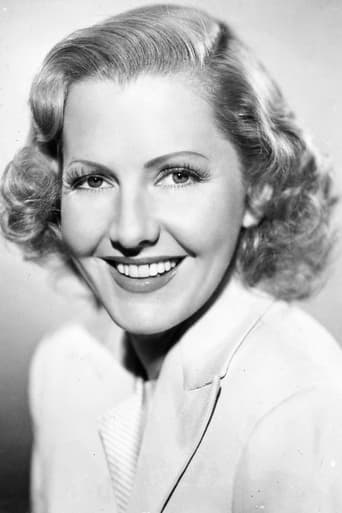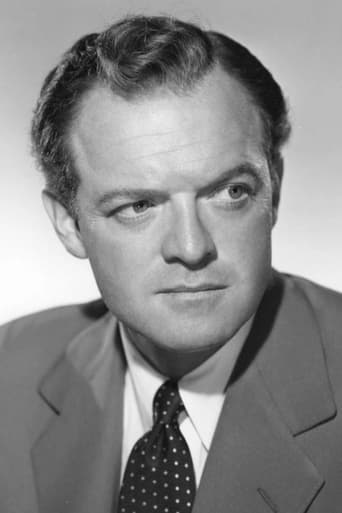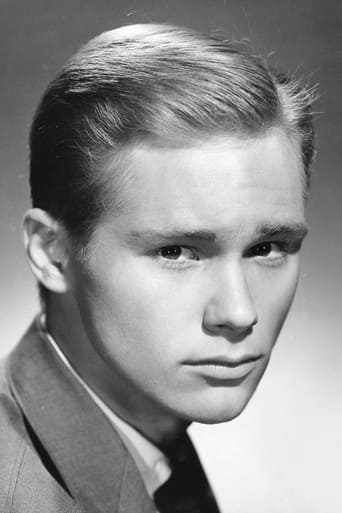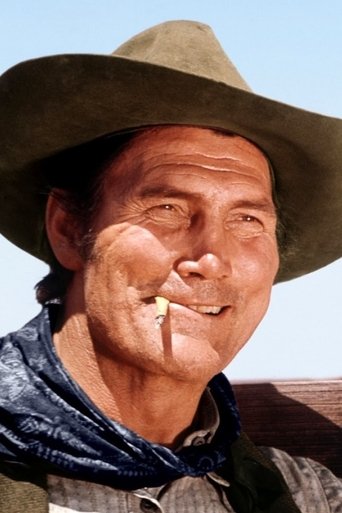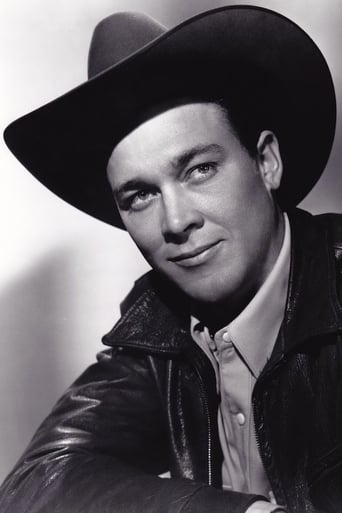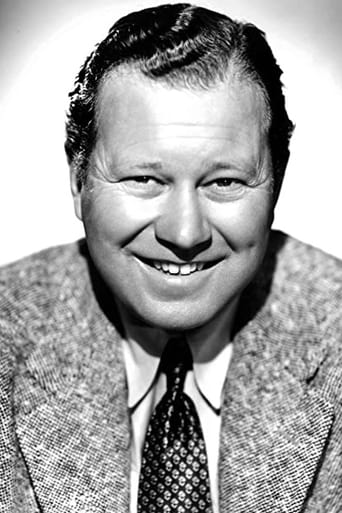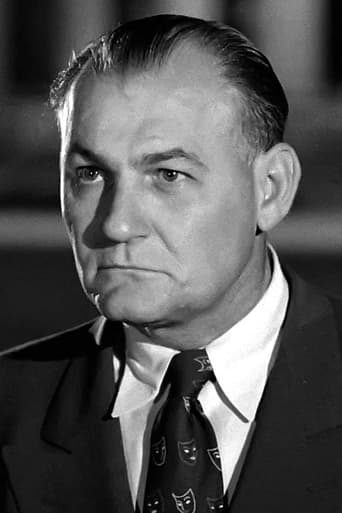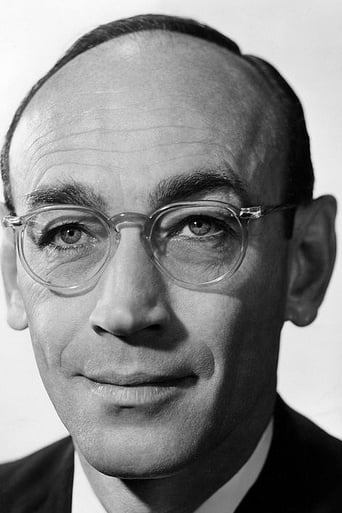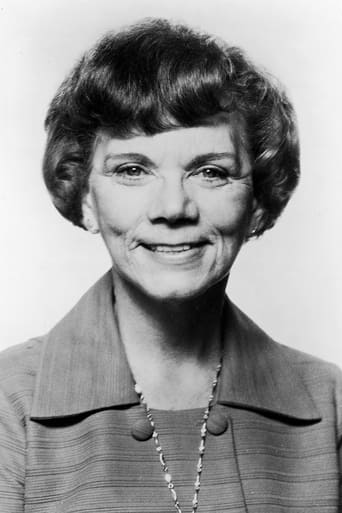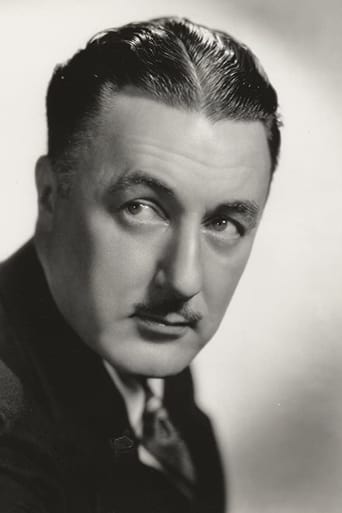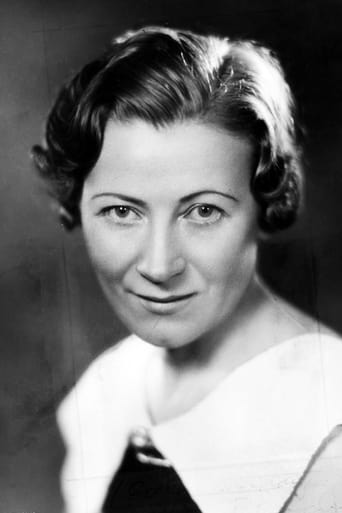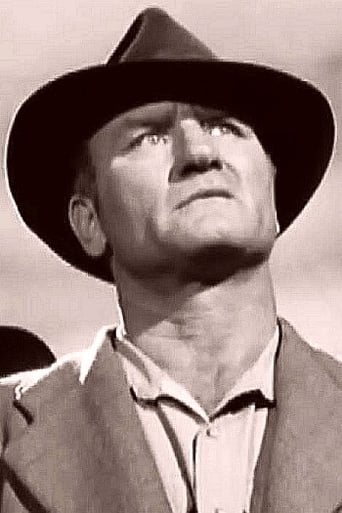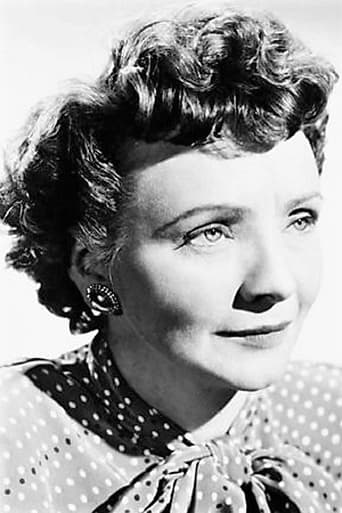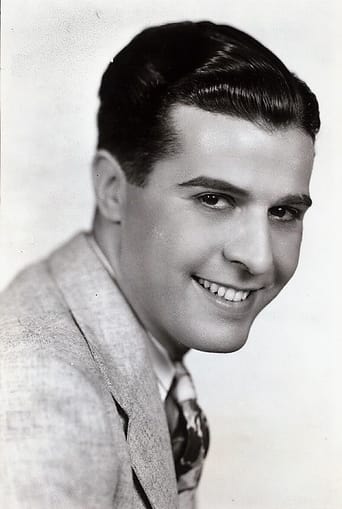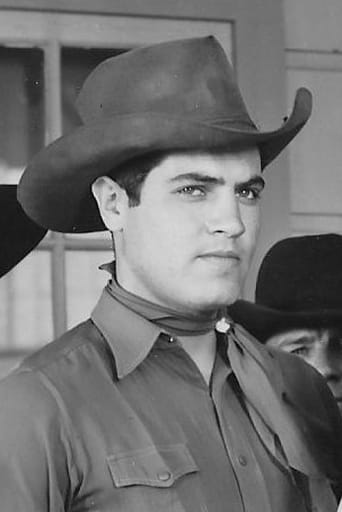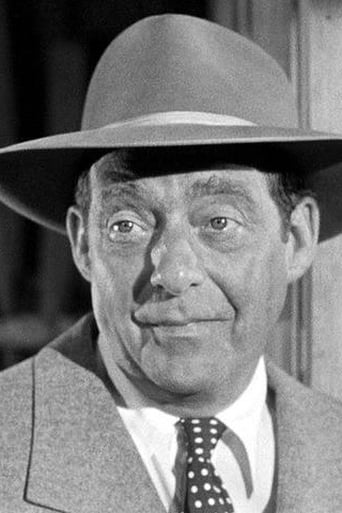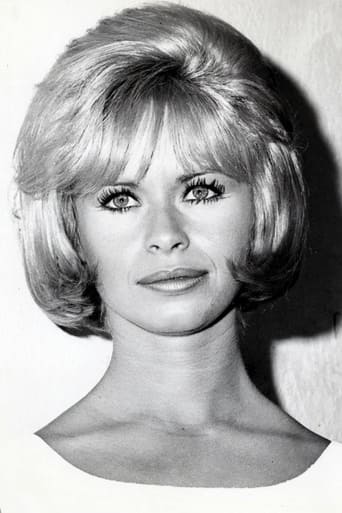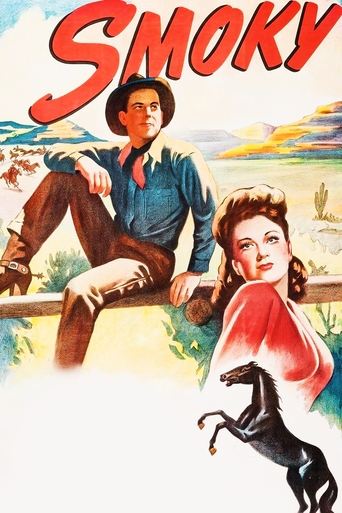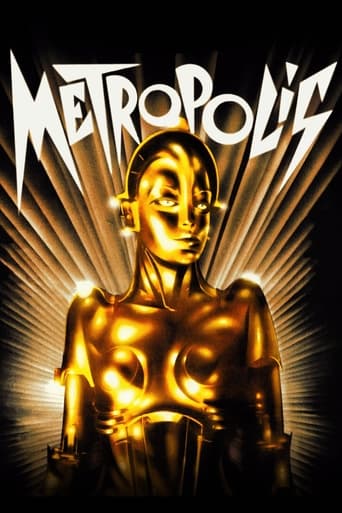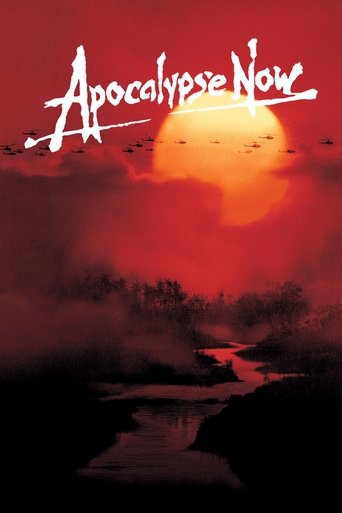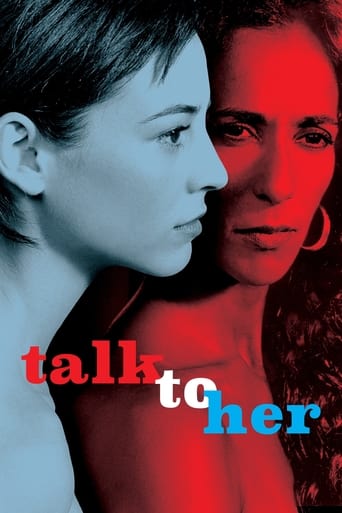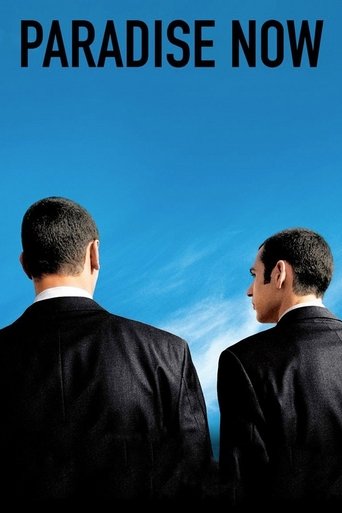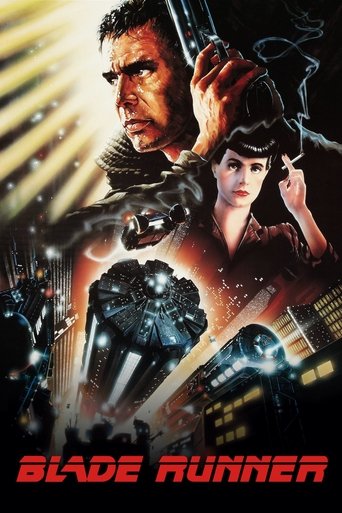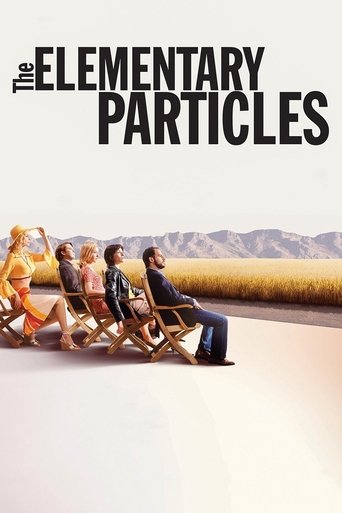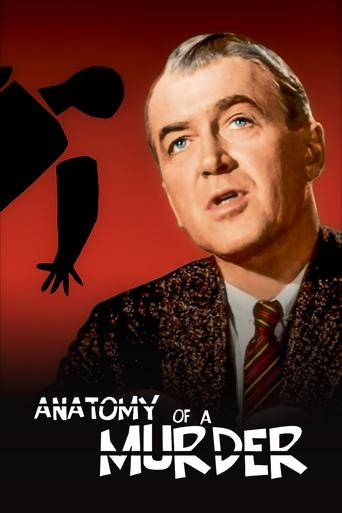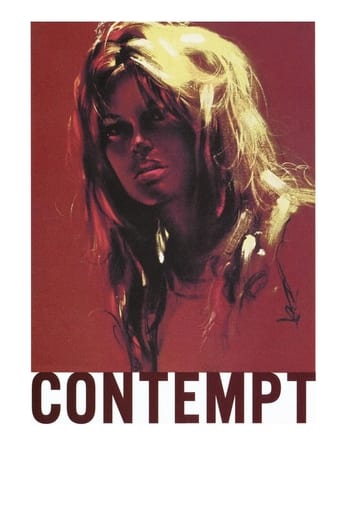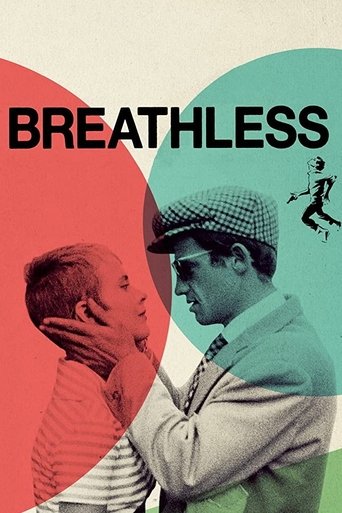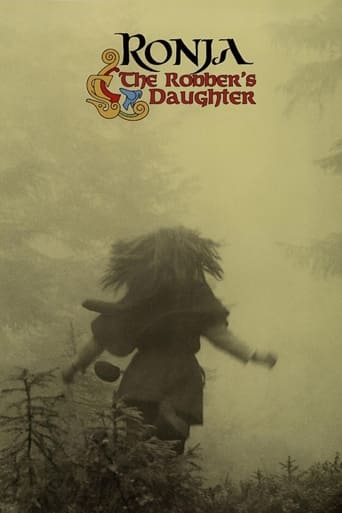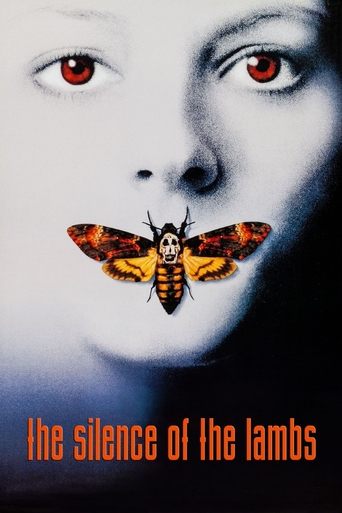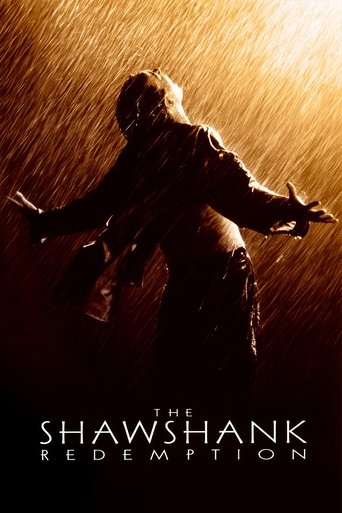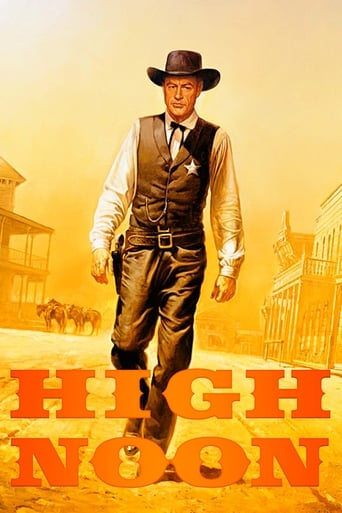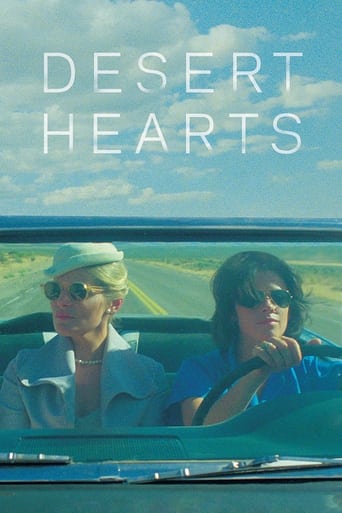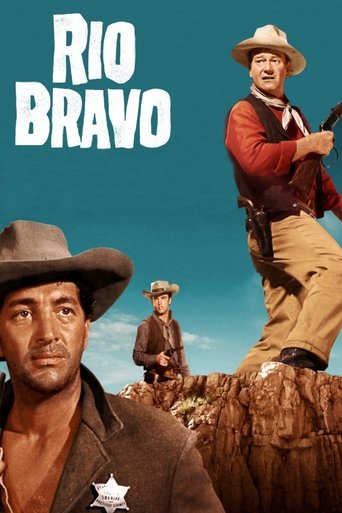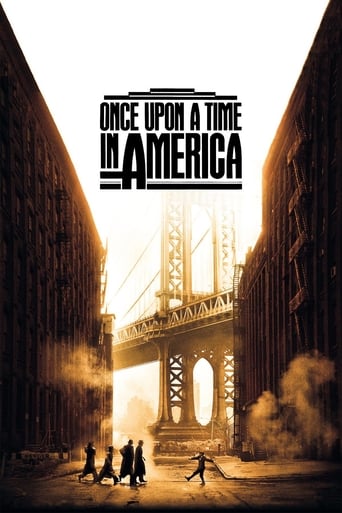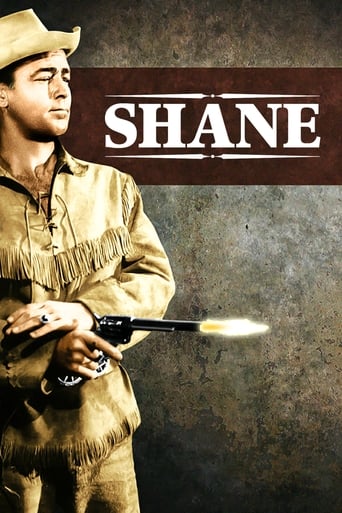
Shane (1953)
A weary gunfighter attempts to settle down with a homestead family, but a smouldering settler and rancher conflict forces him to act.
- George Stevens
- John R. Coonan
- Jack Schaefer
- A.B. Guthrie Jr.
- Jack Sher
Rating: 7.369/10 by 603 users
Alternative Title:
De man der verloren valleien - BE
Etäisten laaksojen mies - FI
Arpages tis gis - GR
Шејн/Šejn - RS
셰인 - KR
Raíces profundas - ES
Country:
United States of America
Language:
English
Runtime: 01 hour 58 minutes
Budget: $3,100,000
Revenue: $20,000,000
Plot Keyword: friendship, showdown, based on novel or book, gun, harassment, settler, fistfight, little boy, gunfight, homesteader, intimidation, homestead, cattle ranch, gunfighter, cattleman, starting over, newcomer, adult child friendship, land rights
A man has to be what he is Joey, can't break the mould. Shane is a weary gunslinger, one day he happens upon a homesteader family and begins to do chores for them, he finds an inner peace that he long thought was behind him. Sadly his peace is short lived because a strong arm cattle baron is determined to drive all the small farmer families off their land, and Shane finds himself drawn into the escalating conflict. Taken from Jack Schaefer's popular novel, Shane holds up today as one of the most popular revered Westerns because it has mass appeal to the watching public. The main plot strand may be of a simple good versus evil type scenario, but it's the surrounding veins that enthuse the films heart with maximum results. The story plays out through the eyes of a young boy, Joey Starrett, he worships Shane for the guns he can sling, whilst simultaneously not recognising his own father for the honest hard working man that he is, this of course is not lost on the mother of the piece. The family axis then comes to the fore as Shane quickly becomes aware of his moral fortitude, and this gives us a fascinating inner picture to run alongside the outer evil cattle baron versus farmers story. Within this warm family environment Shane hopes to find redemption, but sometimes a man has to do what a mans got to do, and this leads us to the films crowning glory. Alan Ladd is Shane, wonderfully attired and playing the character with just about the right blend of gusto and tenderness, perhaps dangerously close to stiffening up at times, Ladd however nails it and gives the Western genre one of its ever lasting icons. Van Heflin, Jean Arthu, and Brandon de Wilde play the Starrett family, all of whom come out with much credit, whilst Jack Palance leaves a lasting impression as the dark knight deadly hired gun, Wilson. Brutal yet sweet, and seeping positive morality into the bargain, Shane is a film for the whole family to enjoy, oozing fine work from all involved, it is a smashing and permanently engaging film. Sometimes when one revisits the film it feels like it is the prototype Western, all the genre characters are so vividly evident, but it's a testament to director George Stevens and his crew that Shane holds up to the iconic status it has garnered. Loyal Griggs won the best colour cinematography award at the 1953 Oscars, within three minutes of the opening credits he well and truly deserved it, as good an opening sequence as genre fans like me could wish for, and of course the rest of the fabulous Big Bear Lake location in California is sumptuously filmed. Both as a technical piece of work and as a shrewd story of some standing, Shane deserves every bit of praise that has come its way over the years, oh yes!. 9/10
I first watched this movie decades ago, probably when I was I’m my teens, and possibly when I was spending some summer vacation time with my grandparents, who seemingly were always watching western shows. I read my first Zane Grey western, Riders of the Purple Sage, in that old house. I am not a student of film history, but I wouldn’t be surprised to learn that this 50s era movie came to be a template of sorts for westerns. Our hero is by no means an anti-hero like Eastward’s Man with No Name, but he does plays things close to the vest early on in his attempt to leave his past behind. The plot is basic and rather predictable, but if it was an trendsetter as I just alluded, then maybe it set some of the western movie cliches that emerge. It is quite watchable and well-made, though perhaps not quite on the same level in my mind as a film like High Noon, which steadily builds up suspense through the townspeople refusing to help the hero, while this film doesn’t aim for suspense as much as it relies upon action: elaborate fistfights and gunplay. (Though it has tension only we viewers are aware of with its implied romantic extra-marital tension.


